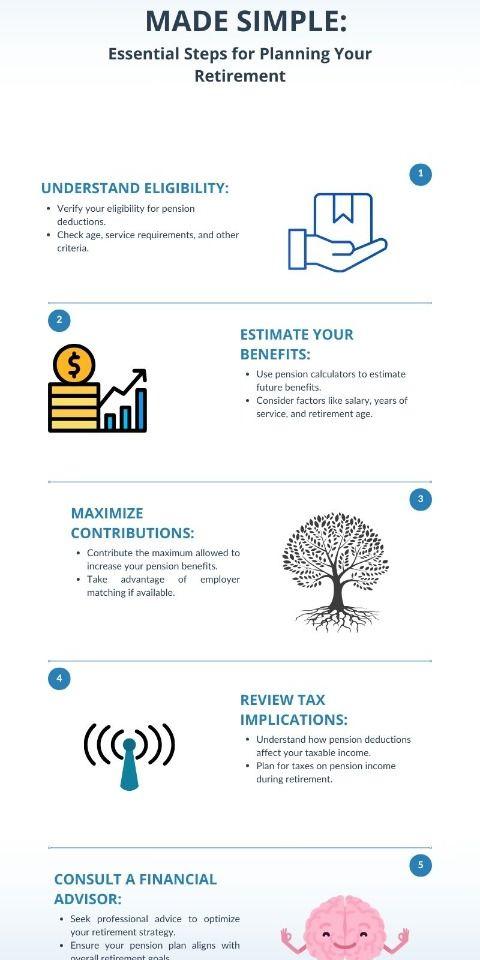Imagine this: You’re at a bustling farmer’s market, surrounded by the vibrant colors of fresh produce and the enticing aroma of homemade pastries. You’re on a mission to snag the best deals without breaking the bank. Just like shopping for the best bargains at the market, navigating the world of insurance can be a balancing act between getting the coverage you need and keeping your premiums affordable. Enter the secret ingredient to savvy insurance shopping: deductibles. Much like choosing between a splurge-worthy artisan cheese or a cost-effective block of cheddar, understanding and strategically using deductibles can significantly lower your insurance premiums. In this article, we’ll guide you through the ins and outs of deductibles, helping you make informed decisions that could save you money while ensuring you’re well protected. So grab your metaphorical shopping basket, and let’s explore how you can make the most of deductibles to keep your insurance premiums in check!
Understanding the Dance Between Deductibles and Premiums
When it comes to managing your insurance costs, understanding the interplay between deductibles and premiums is key. A higher deductible can be a powerful tool to lower your monthly premiums, but it’s essential to weigh this against the potential out-of-pocket expenses. Think of it as a balancing act—finding the sweet spot where your monthly budget meets your risk tolerance. By opting for a higher deductible, you agree to shoulder more of the initial cost in the event of a claim, which in turn can significantly reduce your premium payments. This strategy can be particularly advantageous if you rarely file claims or have a robust emergency fund to cover unexpected expenses.
- Higher Deductible: Typically results in lower monthly premiums.
- Lower Deductible: Often means higher premiums but less out-of-pocket cost during a claim.
- Assess Your Risk: Consider your financial situation and how often you might need to make a claim.
Remember, insurance is all about protection and peace of mind. It’s crucial to review your policy regularly and adjust your deductible and premium settings as your life circumstances change. Whether you’re insuring your home, car, or health, this dance between deductibles and premiums can be your ticket to a more cost-effective insurance plan that still offers the coverage you need.

Crafting Your Perfect Deductible Strategy
Creating a deductible strategy that suits your lifestyle and financial situation can be a game-changer in managing your insurance costs. A well-thought-out plan involves balancing your comfort level with risk against potential savings on your premiums. Here are a few key points to consider when designing your strategy:
- Assess Your Financial Cushion: Evaluate your current financial reserves. Opting for a higher deductible can significantly lower your monthly premiums, but ensure you have enough savings to cover that deductible in case of a claim.
- Understand Your Risk Tolerance: Think about how much risk you’re willing to take on. If you’re someone who rarely files claims, a higher deductible might be more advantageous, potentially saving you money over time.
- Review Your Claims History: Take a look at your past insurance claims. If you’ve had few claims, increasing your deductible could be a smart move. However, if you frequently file claims, a lower deductible might be more suitable.
By carefully evaluating these factors, you can craft a deductible strategy that not only reduces your insurance premiums but also aligns with your overall financial goals. Remember, the right deductible is not just about saving money—it’s about creating a safety net that provides peace of mind.

Navigating the Fine Print with Confidence
Understanding the nuances of your insurance policy can feel like navigating a maze, but deciphering the fine print is your ticket to savings. Deductibles play a pivotal role in determining your insurance premiums. Essentially, a deductible is the amount you pay out of pocket before your insurance kicks in. By choosing a higher deductible, you can often lower your monthly premiums. This strategy works well if you’re confident in your ability to cover the deductible amount in case of a claim. Here’s how you can make deductibles work to your advantage:
- Assess Your Financial Cushion: Ensure you have enough savings to cover the deductible without financial strain.
- Evaluate Risk: If you’re less likely to file a claim, opting for a higher deductible could mean significant savings over time.
- Compare Scenarios: Calculate potential savings on premiums versus the risk of having to pay the deductible.
- Regularly Review: As your financial situation or risk factors change, revisit your deductible choice to ensure it still serves your best interest.
By strategically adjusting your deductibles, you can keep your insurance costs manageable while still maintaining peace of mind.

Smart Tips for Maximizing Savings on Your Insurance
One of the smartest ways to trim down your insurance premiums is by skillfully adjusting your deductibles. Higher deductibles can lead to significantly lower monthly payments, as you’re agreeing to pay more out-of-pocket in the event of a claim. However, before making this decision, ensure you have a savings buffer to cover the higher deductible if needed. This approach not only reduces your immediate costs but also encourages careful consideration of minor claims, potentially resulting in further premium discounts over time.
Consider the following tips to make the most out of your deductible strategy:
- Evaluate Your Financial Situation: Make sure you have enough savings to cover the deductible amount in case of an emergency.
- Review and Compare: Regularly review your insurance policy and compare it with other providers to ensure you’re getting the best deal.
- Consider Bundling: Combining different insurance policies, like home and auto, can sometimes offer additional discounts, making higher deductibles more manageable.
By leveraging these strategies, you can take control of your insurance expenses while still ensuring adequate coverage.

